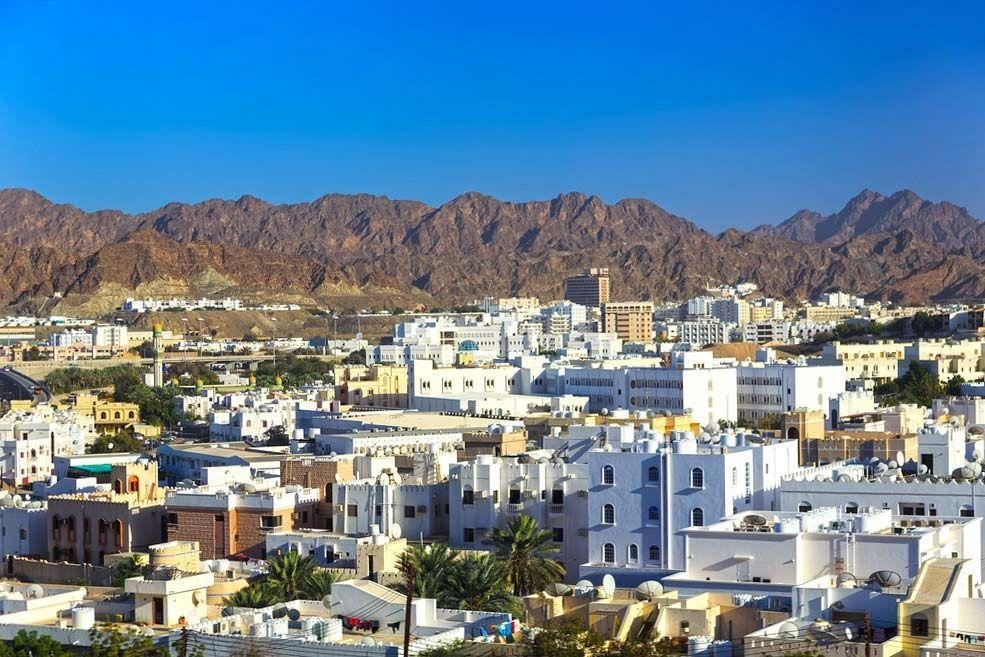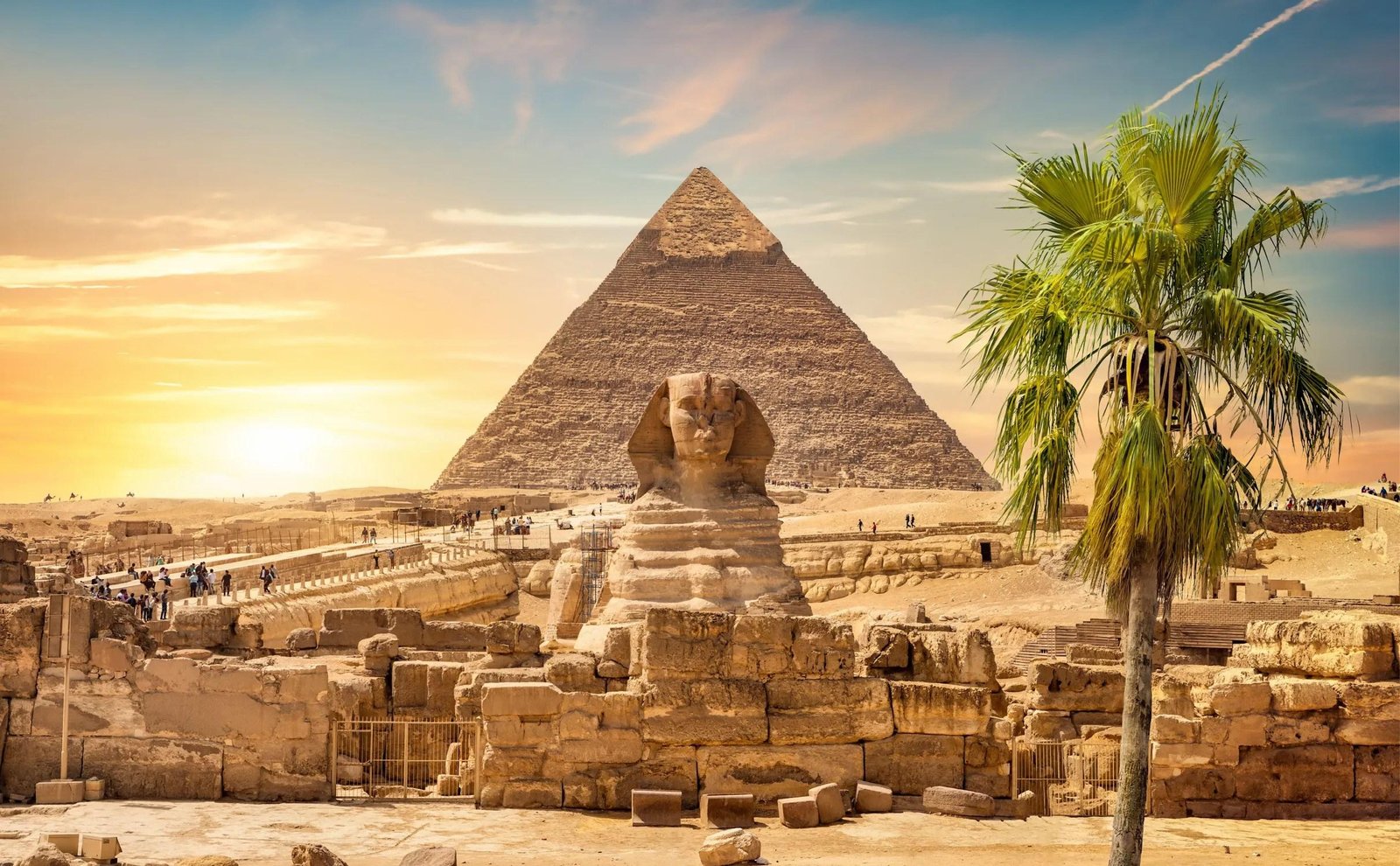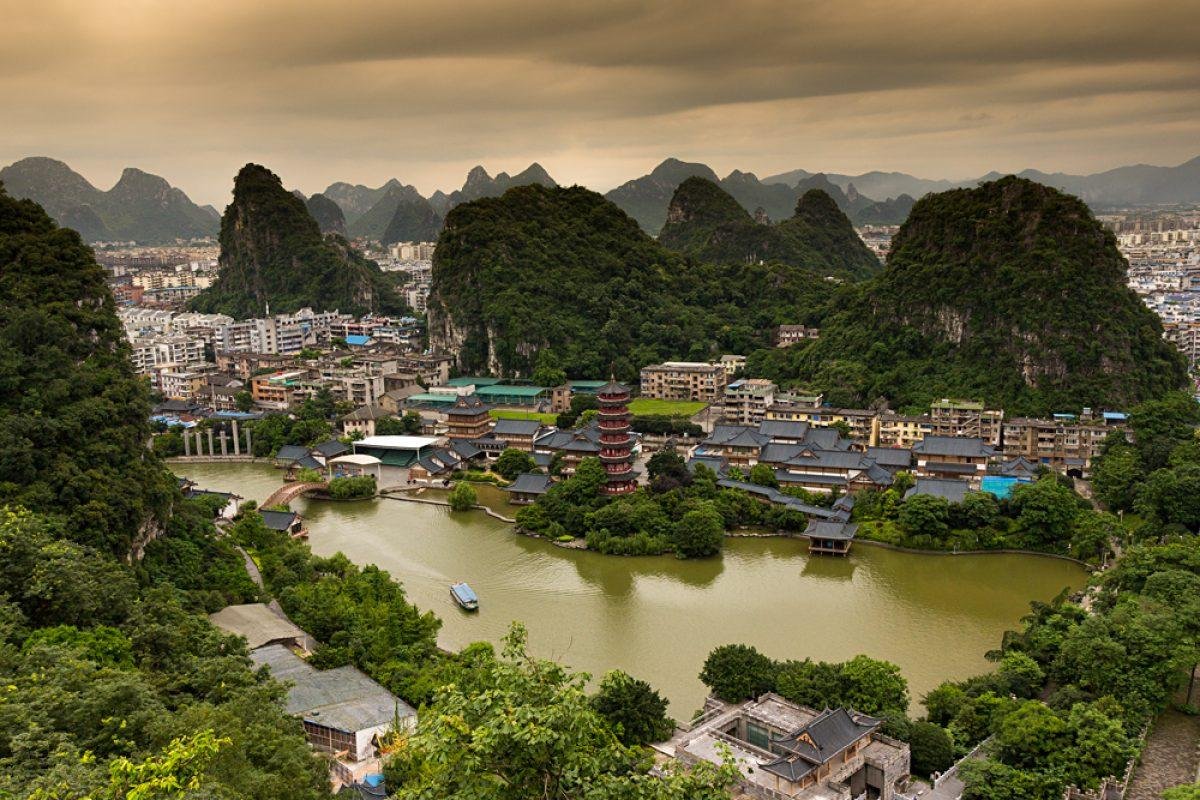Muscat, the capital city of Oman, is a captivating blend of traditional Arabian architecture and modern design, reflecti...
The Architectural Mosaic of Madrid: A Journey Through Time
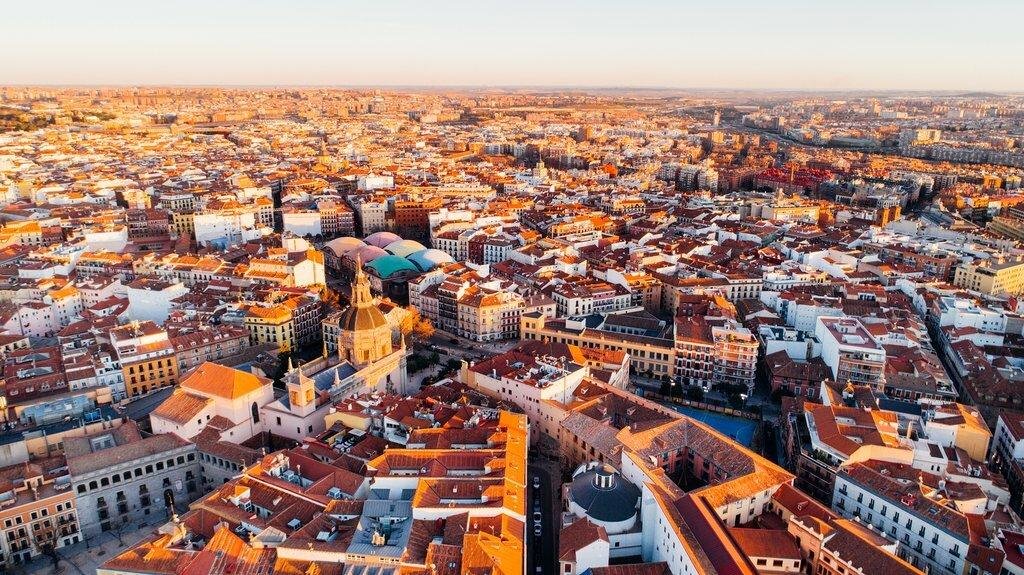
Madrid, the vibrant capital of Spain, is a city where history and modernity intertwine seamlessly. Its architectural landscape is a testament to centuries of artistic, cultural, and political evolution. From grandiose palaces to contemporary skyscrapers, Madrid's architecture offers a captivating journey through time.
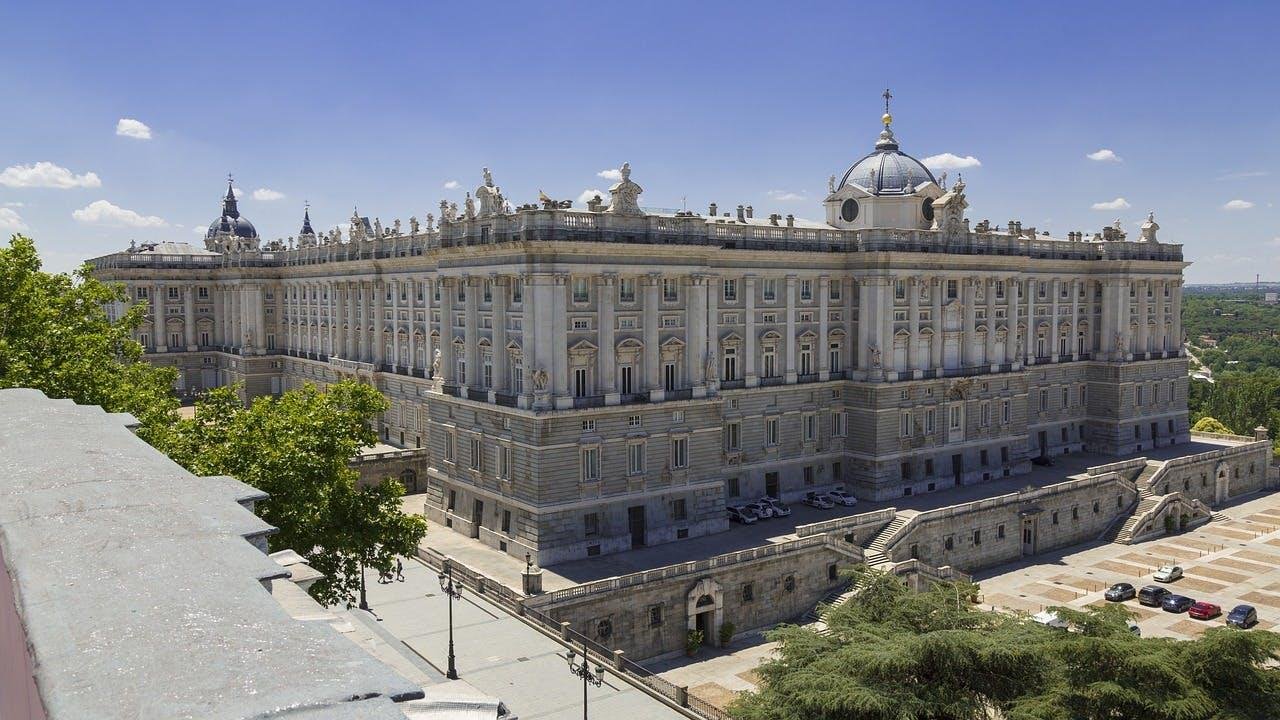
The Royal Palace, a symbol of Madrid's regal past, stands majestically with its baroque and neoclassical design. Built in the 18th century, it boasts over 3,000 rooms adorned with opulent decorations, frescoes, and chandeliers. Nearby, the Almudena Cathedral blends neoclassical, Gothic revival, and neo-Romanesque styles, reflecting the city's diverse architectural influences.
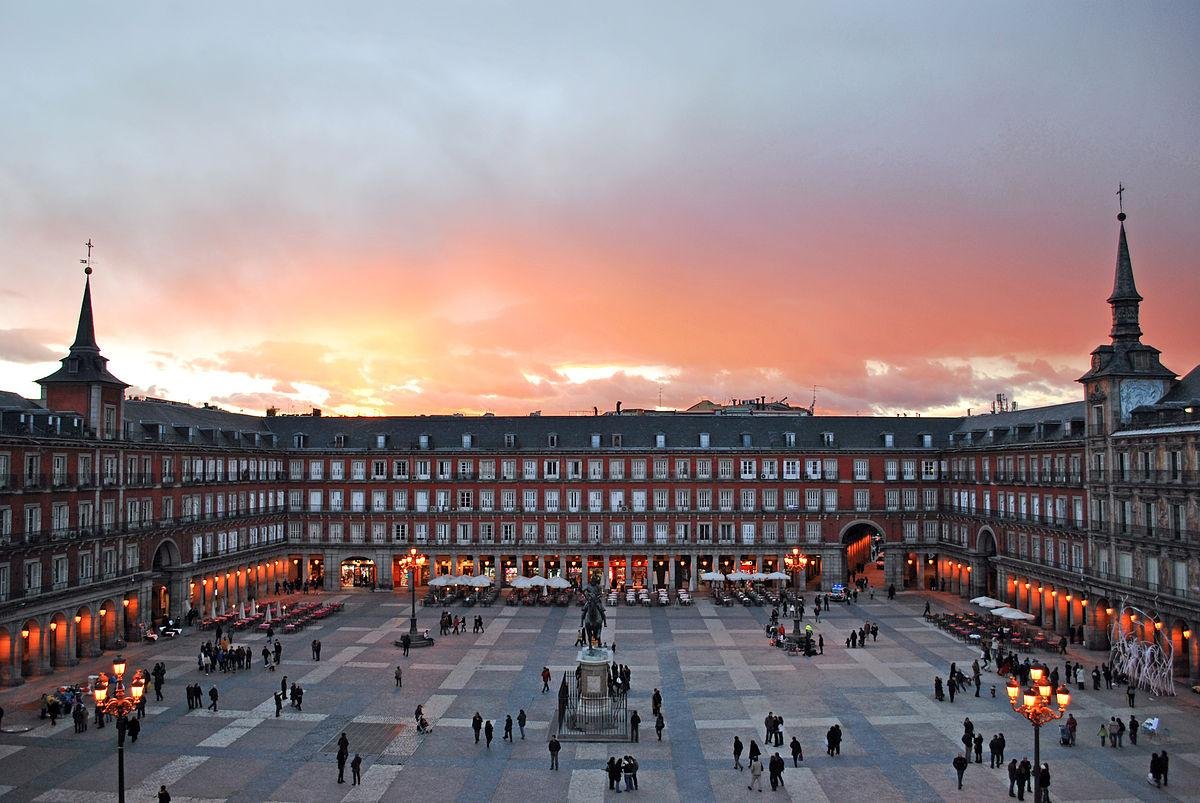
The Plaza Mayor, a quintessential Spanish square, dates back to the Habsburg era. Surrounded by traditional red-brick buildings with picturesque balconies, it has witnessed countless historical events. The Puerta del Sol, another iconic square, is a bustling hub marked by the famous clock tower and the statue of the Bear and the Strawberry Tree, Madrid's emblem.
Madrid's architectural richness extends to its museums. The Prado Museum, housed in a neoclassical building, is home to masterpieces by Goya, Velázquez, and El Greco. The Reina Sofia Museum, a former hospital transformed into a contemporary art space, showcases works by Picasso and Dalí. The Thyssen-Bornemisza Museum, with its eclectic collection, resides in a neoclassical palace.
Gran Vía, Madrid's answer to Broadway, is lined with early 20th-century buildings that exude grandeur and elegance. The Art Deco Telefónica Building, once the tallest in Europe, stands as a testament to the city's embrace of modernity. The Edificio España, a towering example of Spanish modernism, dominates the skyline with its distinctive red and white façade.
Madrid's commitment to innovation is evident in its contemporary architecture. The Cuatro Torres Business Area, a cluster of four skyscrapers, symbolizes the city's economic prowess. The Torre de Cristal, the tallest of the four, features a minimalist glass design that reflects the sky. The Torres KIO, two leaning towers at the Plaza de Castilla, are iconic examples of postmodern architecture.
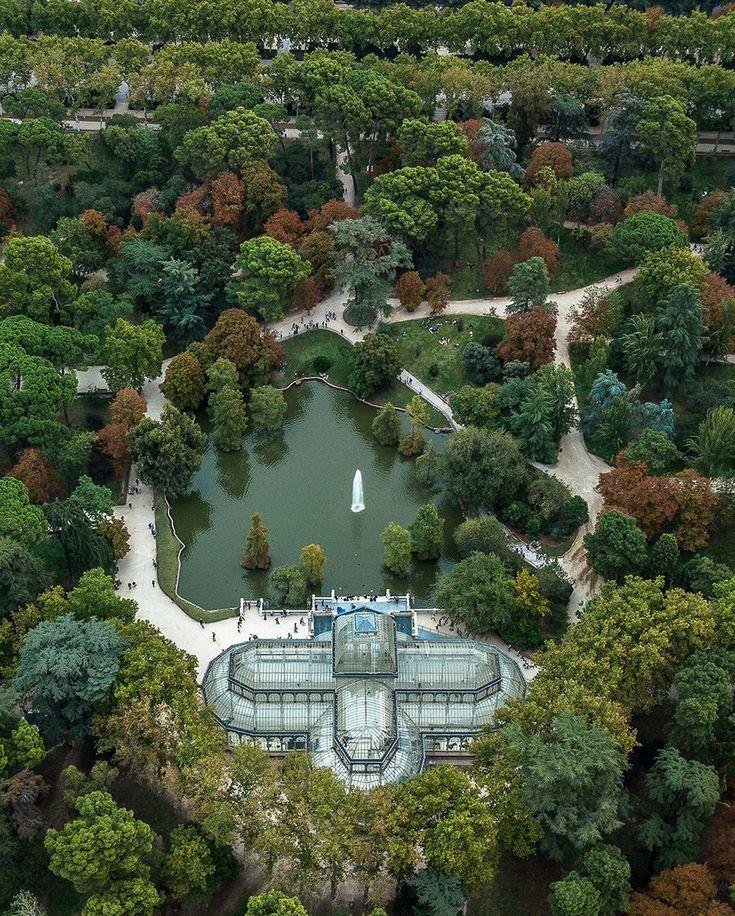
The city's green spaces also feature notable architectural landmarks. The Retiro Park, a UNESCO World Heritage site, is home to the Crystal Palace, a stunning glass and iron structure inspired by London's Crystal Palace. The park's Velázquez Palace, an exhibition hall, showcases fine art in a neoclassical setting.
Madrid's neighborhoods each tell a unique architectural story. The historic quarter of La Latina boasts narrow winding streets and traditional taverns, while the upscale Salamanca district features elegant boulevards and 19th-century mansions. Chueca, known for its vibrant nightlife, blends modernity with historic charm, and Lavapiés, a multicultural enclave, showcases a mix of architectural styles from different eras.
Madrid's commitment to preserving its architectural heritage is evident in its meticulous restoration efforts. The Teatro Real, a neoclassical opera house, underwent extensive renovations to restore its former glory. The Círculo de Bellas Artes, a cultural institution housed in an elegant building, has also been lovingly restored to serve as a hub for artistic and intellectual pursuits.
Madrid's architectural narrative is incomplete without mentioning its religious edifices. The San Francisco el Grande Basilica, with its impressive dome and intricate chapels, is a masterpiece of neoclassical architecture. The Church of San Antonio de los Alemanes, adorned with stunning frescoes, is a hidden gem that reflects the city's baroque heritage.
In recent years, Madrid has embraced sustainable architecture. The Matadero Madrid, a former slaughterhouse turned cultural center, exemplifies adaptive reuse and sustainable design. The Eco Boulevard in Vallecas, with its innovative bioclimatic structures, showcases the city's commitment to environmental sustainability.
Madrid's architectural journey is a reflection of its dynamic history and forward-thinking vision. It is a city where tradition and innovation coexist harmoniously, creating a mosaic of styles that captivates residents and visitors alike. Whether strolling through historic squares, exploring world-class museums, or marveling at modern skyscrapers, one cannot help but be enchanted by the architectural splendor of Madrid.
Share:

